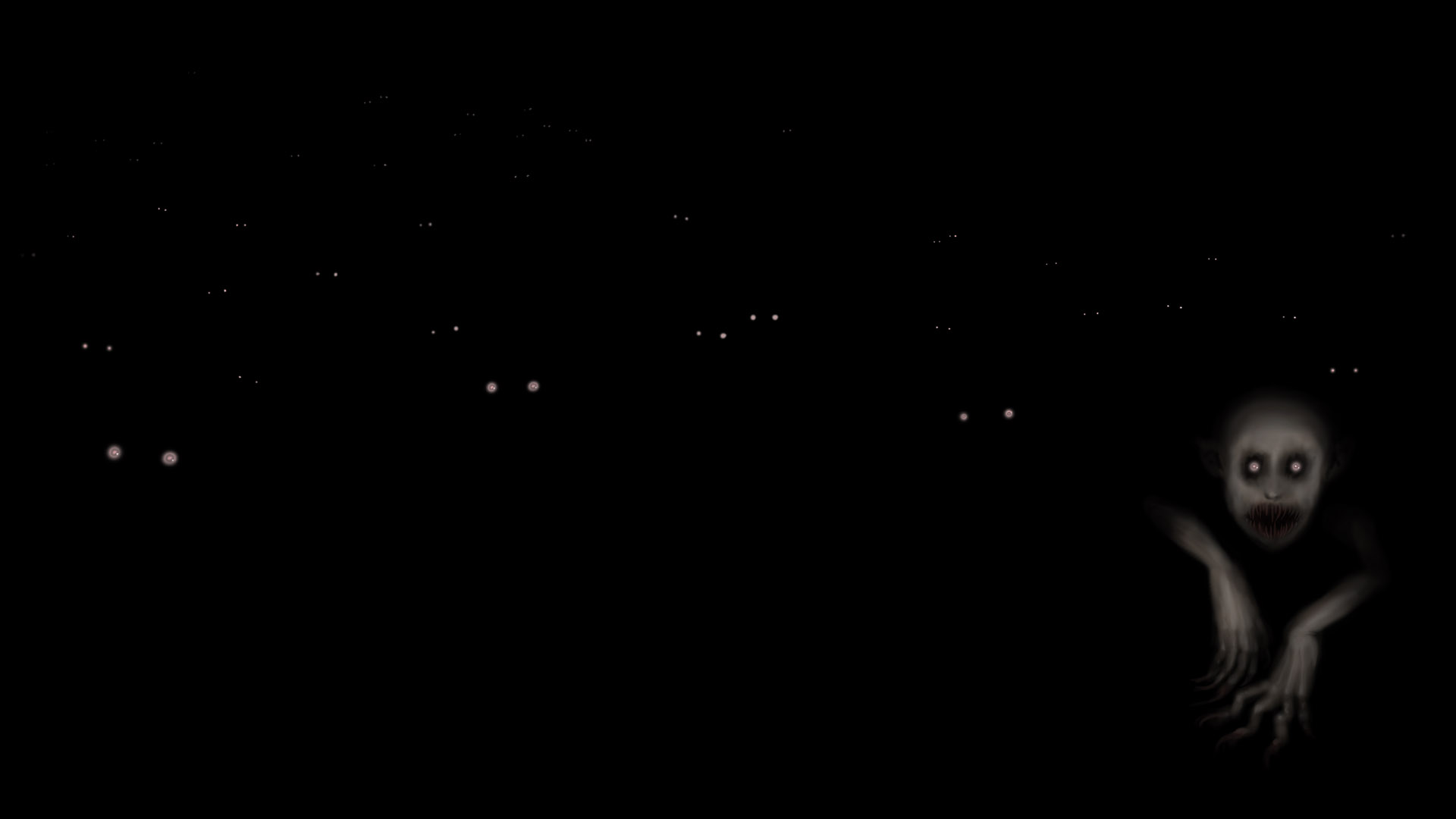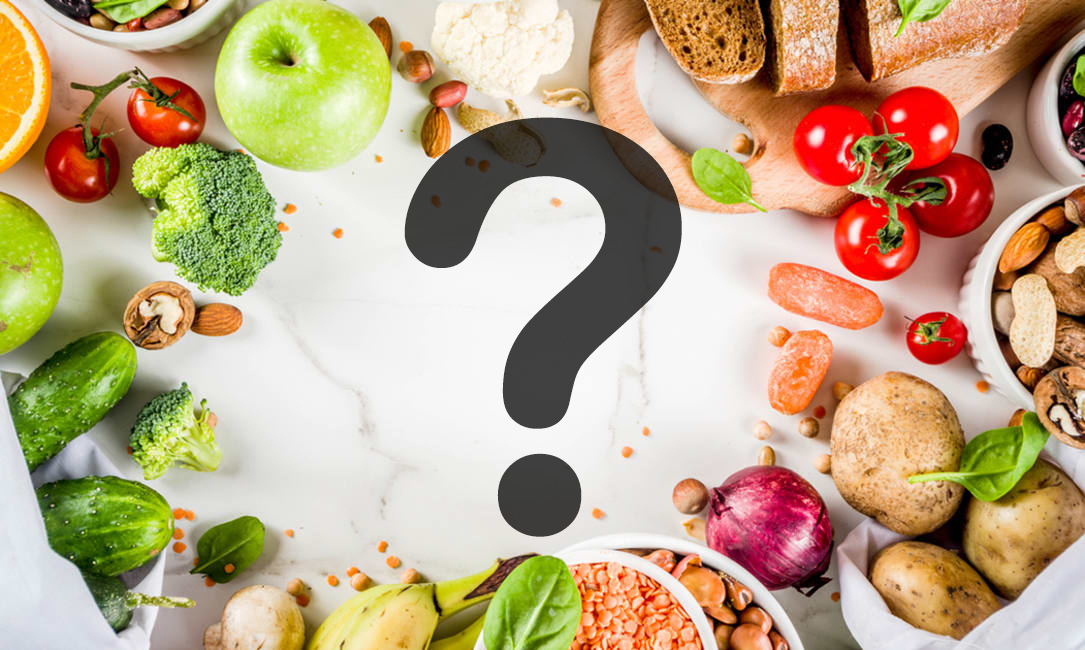Ghee (from Sanskrit ghṛta meaning ‘sprinkled’) is clarified butter, sacred to the gods and an essential requirement in Vedic yajnas and homa (fire sacrifices) to make oblations to various deities.
In Ayurveda, ghee is considered to be one of the most sāttvik foods and forms an important ingredient in many Ayurvedic formulations and medicines, given its nutritional and medicinal value.
Maharishi Charaka summarises:
“Cow ghee promotes memory, intellect, power of digestion, semen, ojas, kapha and fat. It alleviates vata, pitta, toxic conditions, insanity, consumption and fever. It is the best of all the unctuous substances” (Ch Su: 27/232).
But wait! What if I told you that this nectar-like ghee once considered sacred and significant for its purity could well be sounding your death knell today as its purity gets compromised?
Unbelievable! but true!!!
Early 2000: It was discovered that a well-known oil brand was using cow and pig lard in their oil. There was a furore and then like most furores, it died down.
2009: A ghee manufacturing unit in Agra was raided by the health officers and police. Hundreds of tins of ghee were found, being manufactured from animal fat boiled in huge iron pans. “Animal hides of cows, monkeys, donkeys, horses and dogs hanging by the trees and bones littered showed the scale of manufacturing being carried out clandestinely for years,” a police official reported. (July 18, 2009, Bihar Times, How is ghee being adulterated?)
More followed: An expose by Headlines Today brought to light the horrifying truth behind the ghee we consume today. Assumed to be the by-product of milk, it is actually a combination of animal fat, crushed animal bones (to give it that granular texture), palm oil, essence (for the smell) and hazardous chemicals.
That the National Human Rights Commission (NHRC) issued a notice banning all such heinous activities seemed to not deter the 250 clandestine ghee manufacturing units in UP, Madhya Pradesh and parts of the NCR (National Capital Region). Even the Prevention of Adulteration Act did not seem to put an end to practices rampant across the country.
As the raids continue, the more aggressive the stance of the culpable seems to get with no remorse. That ghee was being adulterated with vegetable oils is news no longer, but that more innovative ways of adulterating it through fat from abdominal cavity and other parts of the body of dead animals is news that can only leave us squirming with disgust and terror.
And even though reasons such as no milk due to cows being slaughtered and low profits margins have been attributed to such adulteration, it still doesn’t mask the gory truth, that we are now faced with life-threatening outcomes.
The Vedas call ghee the ‘first and the most essential of all foods’, but when adulterated with animal fat the significance is lost. While ghee adulterated with vanaspati and other vegetable oils laced with chemicals could lead to multi-system failure, liver cancer and in some cases even death; ghee with animal remains and bone-dust can block your circulatory system leading to a heart-attack, a brain-stroke, gangrene, damaged liver and kidney and lead to digestive problems.
The ancient Indian philosopher Charvak (3000 BC) once opined: As long as you live, live happily beg, borrow or steal, but relish ghee Guess he never fathomed what the 21st century would be like!
A simple test to know if your ghee is adulterated:
Good desi ghee, will always be uniformly homogenous. If it is half semi-solid and the other bottom-half fully caked hard, it means that it contains at least 15% animal fat, and becomes a deadly poison. So next time you buy that can of pure ghee, do get it checked.
Source:
http://www.bihartimes.in/Maneka/gheeadulteration.html
http://indiatoday.intoday.in/story/
There’s+poison+in+the+ghee+you+consume/1/48111.html
http://en.wikipedia.org/wiki/Ghee
Image: http://www.slcyogaupstairs.com/





